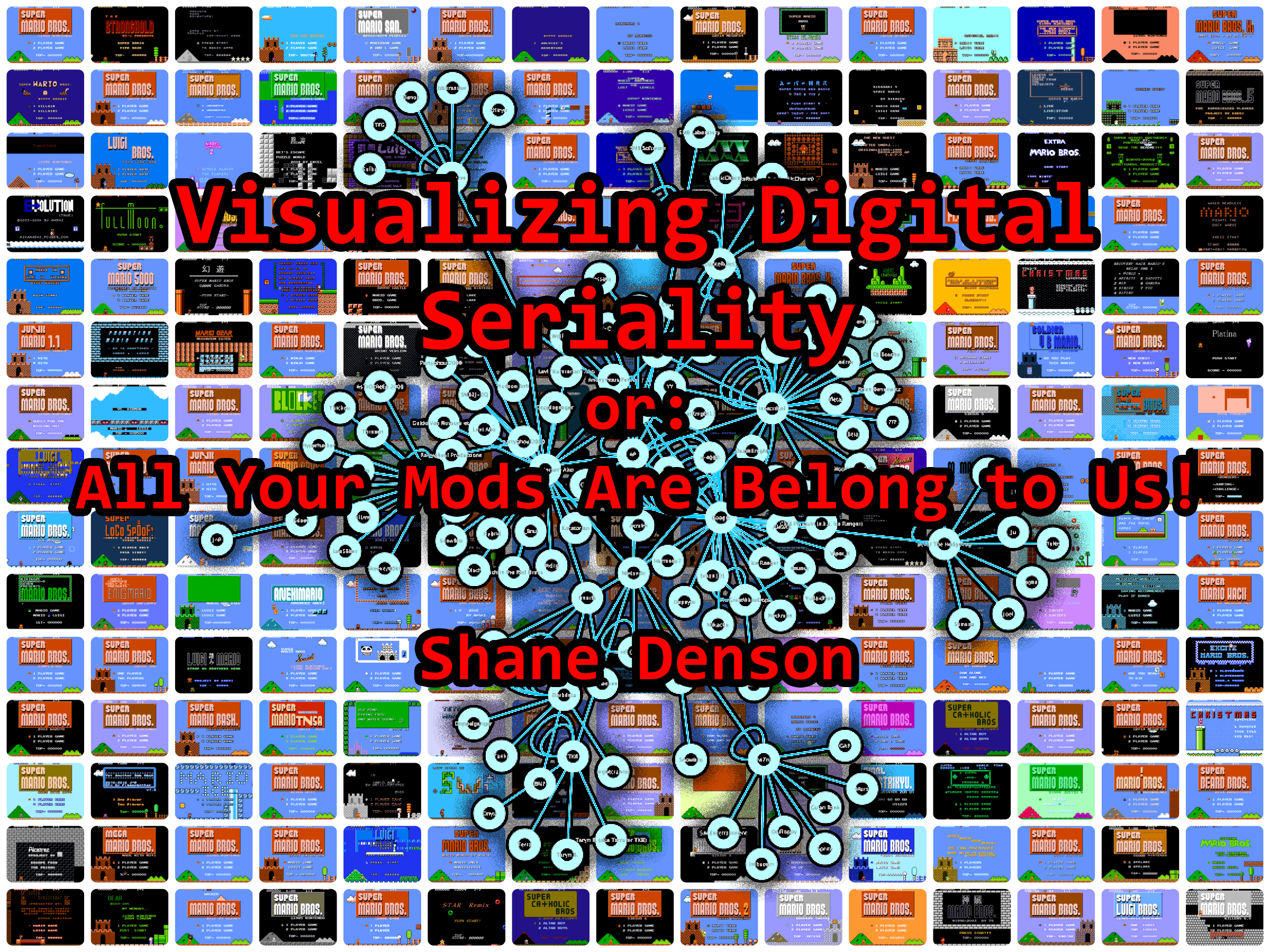
Works Cited
- Allen, Rob, & van den Berg, Thijs (Eds.). (2014). Serialization in Popular Culture. New York: Routledge.
- Anderson, Benedict. (1991). Imagined communities: Reflections on the origin and spread of nationalism. 2nd ed. London: Verso.
- Anderson, Benedict. (1998). The spectre of comparisons: nationalism, Southeast Asia and the world. London: Verso.
- Beil, Benjamin, Engell, Lorenz, Schröter, Jens, Schwaab, Herbert, & Wentz, Daniela (Eds.). (2102). Die Serie. Special issue of Zeitschrift für Medienwissenschaft, 7(2).
- Boluk, Stephanie, & LeMieux, Patrick. (2012). Hundred thousand billion fingers: Seriality and critical game practices. Leonardo Electronic Almanac, 17(2), 14-35. Retrieved on October 27, 2015, from http://www.leoalmanac.org/wp-content/uploads/2012/04/LEAVol17No2-BolukLemieux.pdf
- Denson, Shane. (2011). »To be continued…«: Seriality and serialization in interdisciplinary perspective. Journal of Literary Theory Online. Retrieved on October 27, 2015, from http://www.jltonline.de/index.php/conferences/article/view/346/1004
- Denson, Shane, & Jahn-Sudmann, Andreas. (2013). Digital seriality: On the serial aesthetics and practice of digital games. Eludamos: Journal for Computer Game Culture, 7(1), 1-32. Retrieved on October 27, 2015, from http://www.eludamos.org/index.php/eludamos/article/view/vol7no1-1
- Denson, Shane, & Jahn-Sudmann, Andreas (Eds.). (2014). Digital seriality. Special issue of Eludamos: Journal for Computer Game Culture, 8(1). Retrieved on October 27, 2015, from http://www.eludamos.org/index.php/eludamos/issue/view/vol8no1
- Denson, Shane, and Mayer, Ruth. (2012). Grenzgänger: Serielle Figuren im Medienwechsel. In Kelleter, Frank (Ed.), Populäre Serialität: Narration — Evolution — Distinktion. Zum seriellen Erzählen seit dem 19. Jahrhundert (pp. 185-203). Bielefeld: Transcript-Verlag.
- Eco, Umberto. (1985). Innovation and repetition: Between modern and post-modern aesthetics. Daedalus, 114(4), 161-184.
- Hagedorn, Roger. (1988). Technology and economic exploitation: The serial as a form of narrative presentation. Wide Angle, 10(4), 4-12.
- Jenkins, Henry. (2006). Convergence Culture: Where Old and New Media Collide. New York and London: New York UP.
- Kelleter, Frank (Ed.). (2012). Populäre Serialität: Narration — Evolution — Distinktion. Zum seriellen Erzählen seit dem 19. Jahrhundert. Bielefeld: Transcript-Verlag.
- Manovich, Lev. (2001). The Language of New Media. Cambridge: MIT Press.
- Marino, Mark. (2006). Critical code studies. Electronic Book Review Retrieved on October 27, 2015, from http://www.electronicbookreview.com/thread/electropoetics/codology.
- Mayer, Ruth. (2013). Serial Fu Manchu: Iconocity, ideology, and the logic of global spread. Philadelphia: Temple University Press.
- Mittell, Jason. (2006). Narrative complexity in contemporary American television. The Velvet Light Trap, 58(1), 29-40.
- Moretti, Franco. (2005). Graphs, maps, trees: Abstract models for a literary theory. London: Verso.
- Moretti, Franco. (2013). Distant reading. London: Verso.
- Sartre, Jean-Paul. (1991 [1960]). Critique of dialectical reason, volume 1: Theory of practical ensembles. London: Verso.